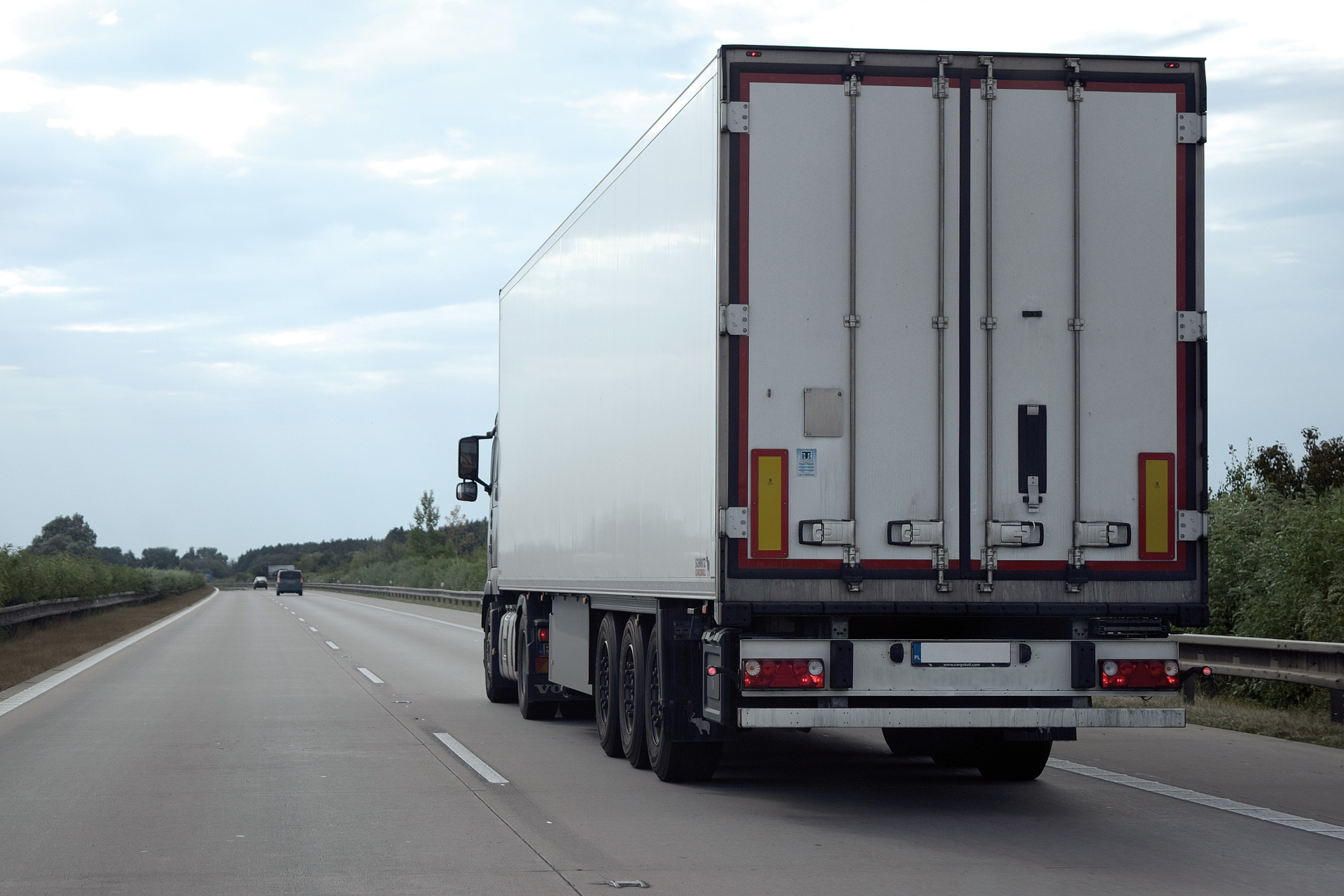
While one can find major difficulties in nearly any industry, most vocational and industry experts agree; those who haul oil and gas drilling machinery from site to site face a challenging set of circumstances pretty much every day.
One problem is, there is no educational or vocational training for those who break down, transport and assemble drilling rigs, so pretty much all of the training is the on-the-job type. A number of companies have popped up in recent years that handle these types of chores, among others.
What Types of Vehicles Account for the Heavier Traffic?
For the most part, when it comes to moving rigs and oil field equipment, transport trucks and picker trucks are the most common machines used, although boom (crane) trucks, winch trucks, bed trucks, tandem trucks and rolling tailboards are used often because they are built specifically to meet the most extreme aspects of tbe oil field environment.
The rigs are usually dismantled and placed on a pair of flatbed trucks, and these trucks are crowding many roadways throughout Texas, thus creating more crowded roads. Since many of these roads are rural roads that were built for sparse traffic, the hazards are often multiplied and exacerbated by the massive numbers of vehicles needed to move oil and gas drilling equipment out of one site and to another. Some drilling equipment requires multiple trucks to move from one location to another safely over land. Sea-based drilling rigs often require even more transport vehicles, with some caravans of rig-transporting vehicles needing an escort of dozens of police cruisers and cherry-picker trucks to block traffic.
Most who have moved drilling equipment will tell you that everything has to be done with the utmost care because there is a lot going on, much of which is dangerous.”
These Roads Weren’t Made For This
The bottom line is, the current Texas oil boom is causing traffic jams on rural roads that rival those on freeways in cities like Dallas and Houston, and much of it is on two-lane roads that were made for trips in the family car, not hauling heavy equipment from one oil field to another. Over the last few years, traffic has more than doubled. It’s gotten to the point that, once again, a leading cause of occupational accidents is driving on the job.
And, as one could probably guess, the danger has increased for everyone else on these rural roads and highways. There is no denying that oil and gas workers do a difficult job, but that is doubly true for those who drive as part of their oil and gas job. Drivers are often required to drive their vehicles, weighed down with heavy equipment on roads with traffic on highways that weren’t built for such high volume traffic, which has to be stressful for everyone. They often work shifts that last well over 12 hours and they do so at least 5-6 days every week. Not only that, but night drivers and day drivers usually share a truck, with little than a cursory inspection between shifts, which calls into question the mechanical quality of the vehicles they are driving.
Unfortunately, vehicles full of people who are just trying to get to work at their offices or retail stores or who have to take their kids to soccer practice or the mall must share the road with oil and gas truck drivers, and they have even less training and education, which leads to a lot more disasters than we know about. With so many large trucks pulling long duty on Texas roads that were never intended to carry heavy traffic, and drivers of all types who may be driving at the end of a long shift, sharing space with much smaller vehicles, of course auto accidents are destined to happen.
It’s time Texas officials started mitigating this problem, by rebuilding roads to withstand heavy traffic and implementing other proven methods for reducing accidents and fatalities. In the meantime, be careful, drive defensively and put down the cell phone and concentrate on your driving.
